Search
Remove Ads
Advertisement
Summary 
Loading AI-generated summary based on World History Encyclopedia articles ...
Search Results
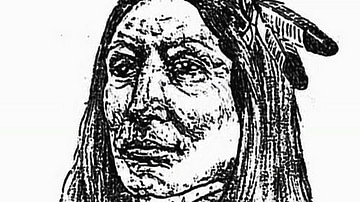
Definition
Crazy Horse
Crazy Horse (Tasunke Witko, l. c. 1840-1877) was an Oglala Lakota Sioux warrior and warband leader considered among the greatest defenders of Sioux lands against the forces of the US government in the 19th century. He is one of the most famous...
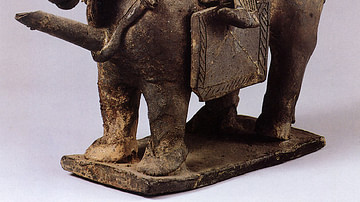
Article
The Horse-rider Theory in Ancient Japan
The 'horse-rider theory' is a controversial proposal that Japan was conquered around the 4th or 5th century CE by a culture from northern Asia to whom the horse was especially important. Although archaeological evidence and genetics point...
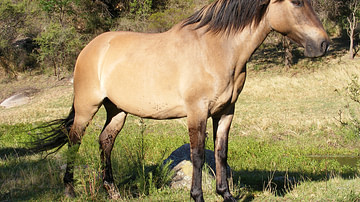
Article
The Dun Horse
The Dun Horse is a Pawnee tale about a poor boy and his grandmother, who find an old horse and take it in. The horse turns out to be magical, however, and improves their fortunes considerably. Like many Pawnee legends – and Native American...
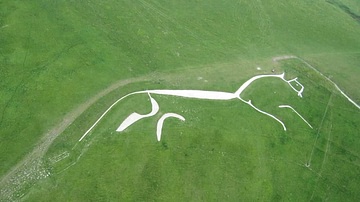
Article
The White Horse of Uffington
The cutting of huge figures or geoglyphs into the turf of English hillsides has been going on for more than 3000 years. There are 56 hill figures scattered around England, with the vast majority on the chalk downlands of the southern part...
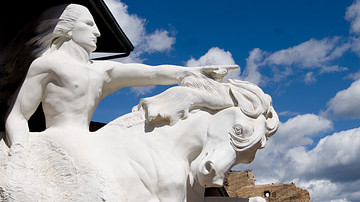
Article
Black Elk on Crazy Horse
Black Elk Speaks (1932) is the popular and controversial book of the narrative by the Oglala Lakota Sioux medicine man Black Elk (l. 1863-1950) on his life and people as given to the American poet and writer John G. Neihardt (l. 1881-1973...
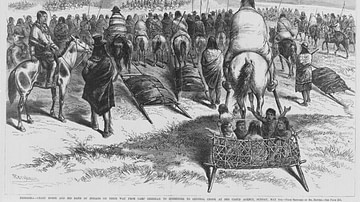
Article
Charles A. Eastman on Crazy Horse
Charles A. Eastman's biography of Crazy Horse (l. c. 1840-1877) is among the most significant sources on the great Sioux war chief, as Eastman drew on accounts of those who had known and fought alongside him in writing it. The work differs...

Definition
Sleipnir
Sleipnir is the eight-legged horse ridden primarily by the god Odin in Norse mythology. He is the son of the god Loki (in the form of a mare) and the stallion Svadilfari who belonged to the jötunn that built the walls of Asgard. In Iceland...
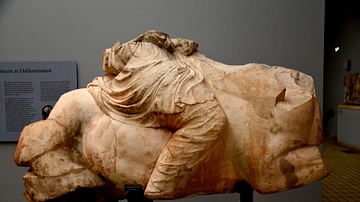
Image
Colossal Statue of a Persian Rider on a Rearing Horse
The rider wears a tunic and trousers in the Persian fashion. He probably formed part of a hunting scene on one of the ledges around the podium. The upper part of the rider (now lost) was carved from a separate piece of marble and attached...
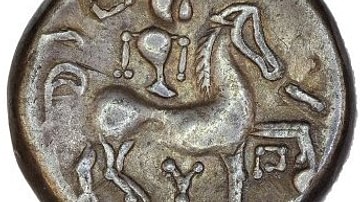
Image
Celtic Coin Depicting Horse & Rider
The reverse of a 2nd Century - 1st Century BCE Celtic silver coin from Central Europe, specifically what is now the Czech Republic. The reverse of this coin depicts a horse and rider in stylized geometric forms. From the British Museum in...
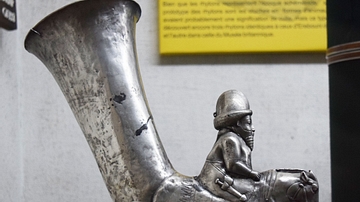
Image
Horse Rider Rhyton
This horse rider ryhton was discovered while archaeologists excavated the ancient Erebuni Fortress, which is located in present-day Yerevan, Armenia. It dates from the 5th century BCE when Erebuni was under Persian control and was cast in...